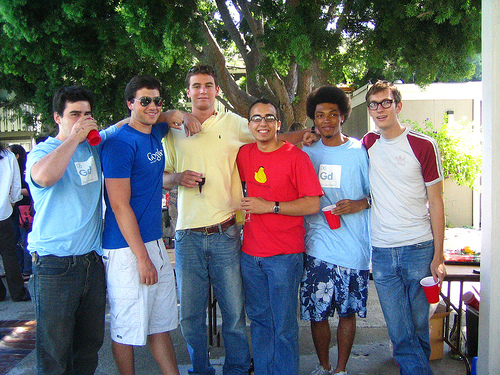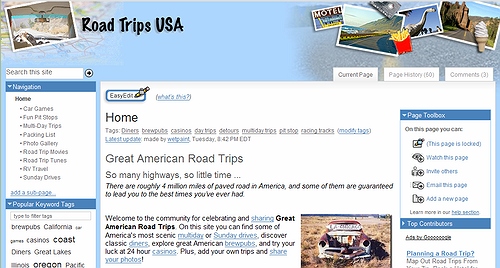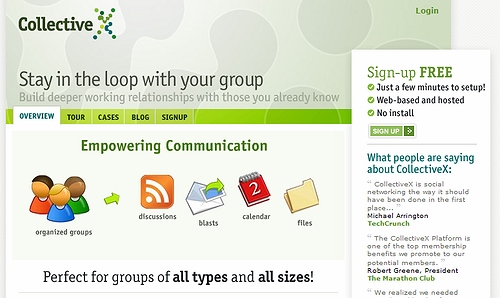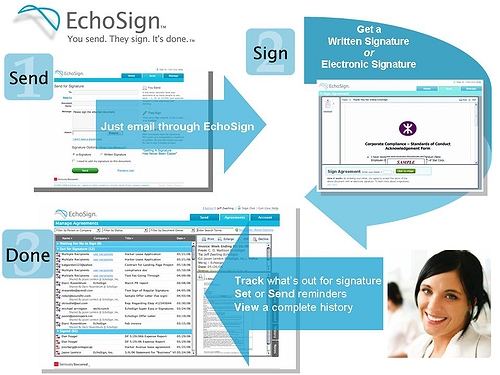Common sense prevails, the deletion debate I’ve previously criticized is now closed:
“The result was keep. The arguments for deletion are not to my mind persuasive, and it turns out that rather than being a neologism, the term has in fact been around for some time. There is no question that we need an article about this subject…”
Here’s the current article for Enterprise 2.0. Now, let’s show how wikipedia is really used by working on refining the current definition!
As a member of the Editorial Board for the Office 2.0 Conference, I happen to know we’ll be discussing highly relevant subjects, so if you’re interested, you can register by clicking the banner:
Tags: wikipedia, enterprise+2.0, web+2.0, wikipedia+deletion, +wikipedia+policy, +wiki, collaboration, social+software






 Yeah, right. Today the story continues, as
Yeah, right. Today the story continues, as 













Recent Comments